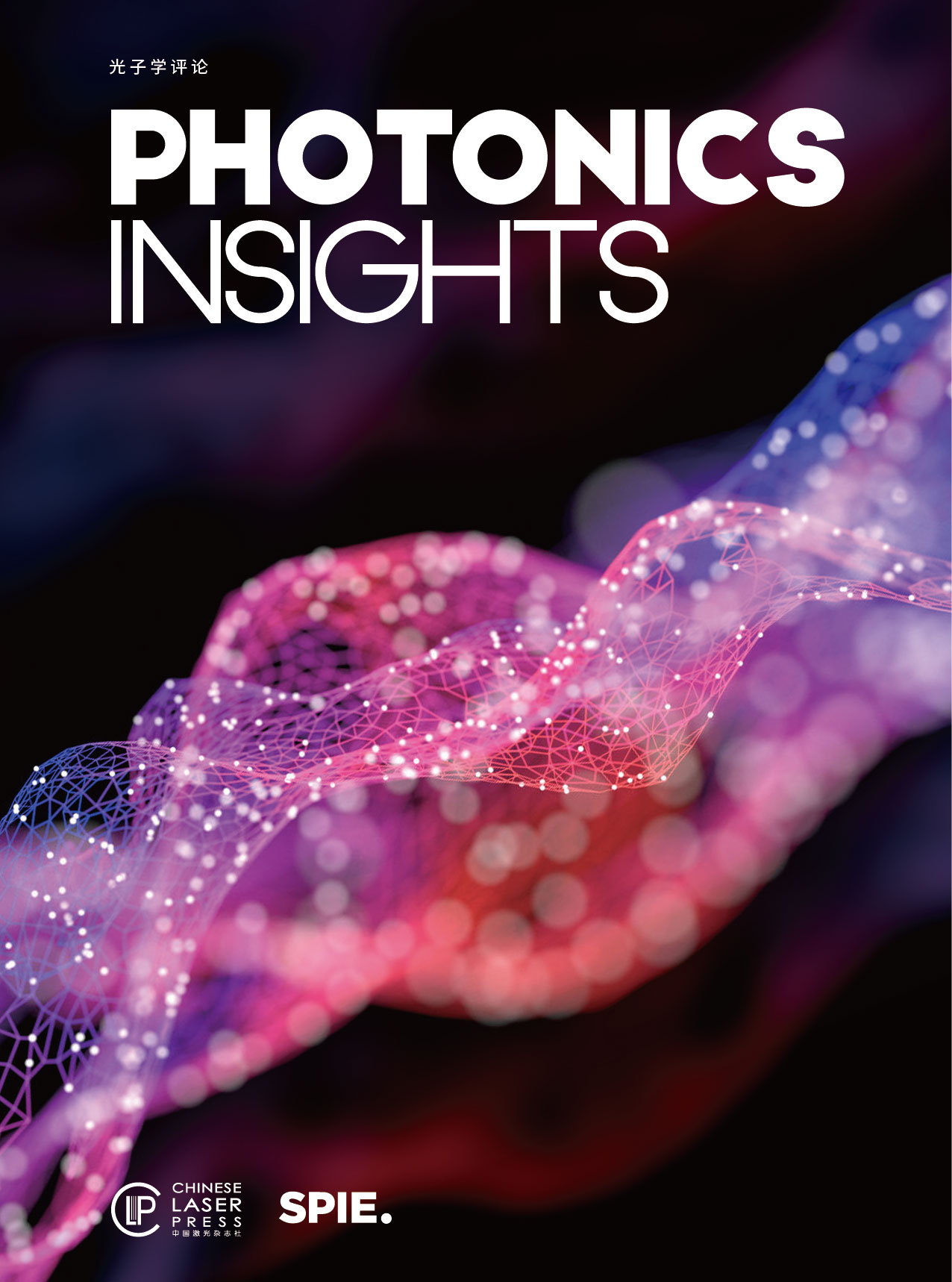 View fulltext
View fulltext
It is believed that the next grand information revolution could be brought by an exotic class of devices whose operation is based on spins as the information carrier. To unveil the ultimate speed limit and energy efficiency of spintronic devices, one needs to understand the dynamics of spins in their host matrix. The emergent time-resolved terahertz technology has become not only our most advanced camera to film spins in action but also a versatile toolkit for manipulating spin states unachievable by conventional means.
Recent interest in developing fast spintronic devices and laser-controllable magnetic solids has sparked tremendous experimental and theoretical efforts to understand and manipulate ultrafast dynamics in materials. Studies of spin dynamics in the terahertz (THz) frequency range are particularly important for elucidating microscopic pathways toward novel device functionalities. Here, we review THz phenomena related to spin dynamics in rare-earth orthoferrites, a class of materials promising for antiferromagnetic spintronics. We expand this topic into a description of four key elements. (1) We start by describing THz spectroscopy of spin excitations for probing magnetic phase transitions in thermal equilibrium. While acoustic magnons are useful indicators of spin reorientation transitions, electromagnons that arise from dynamic magnetoelectric couplings serve as a signature of inversion-symmetry-breaking phases at low temperatures. (2) We then review the strong laser driving scenario, where the system is excited far from equilibrium and thereby subject to modifications to the free-energy landscape. Microscopic pathways for ultrafast laser manipulation of magnetic order are discussed. (3) Furthermore, we review a variety of protocols to manipulate coherent THz magnons in time and space, which are useful capabilities for antiferromagnetic spintronic applications. (4) Finally, new insights into the connection between dynamic magnetic coupling in condensed matter and the Dicke superradiant phase transition in quantum optics are provided. By presenting a review on an array of THz spin phenomena occurring in a single class of materials, we hope to trigger interdisciplinary efforts that actively seek connections between subfields of spintronics, which will facilitate the invention of new protocols of active spin control and quantum phase engineering.
The four-wave mixing process in atomic ensembles has many important applications in quantum information. We review recent progress on the generation of optical quantum states from the four-wave mixing process in hot atomic ensembles, including the production of two-beam, multi-beam, and multiplexed quantum correlated or entangled states. We also review the applications of these optical quantum states in implementing quantum information protocols, constructing SU(1,1) quantum interferometers, and realizing quantum plasmonic sensing. These applications indicate that the four-wave mixing process in hot atomic ensembles is a promising platform for quantum information processing, especially for implementing all-optical quantum information protocols, constructing SU(1,1) interferometers, and realizing quantum sensing.
Epitaxial quantum dots formed by III–V compound semiconductors are excellent sources of non-classical photons, creating single photons and entangled multi-photon states on demand. Their semiconductor nature allows for a straightforward combination with mature integrated photonic technologies, leading to novel functional devices at the single-photon level. Integrating a quantum dot into a carefully engineered photonic cavity enables control of the radiative decay rate using the Purcell effect and the realization of photon–photon nonlinear gates. In this review, we introduce the basis of epitaxial quantum dots and discuss their applications as non-classical light sources. We highlight two interfaces—one between flying photons and the quantum-dot dipole, and the other between the photons and the spin. We summarize the recent development of integrated photonics and reconfigurable devices that have been combined with quantum dots or are suitable for hybrid integration. Finally, we provide an outlook of employing quantum-dot platforms for practical applications in large-scale quantum computation and the quantum Internet.















